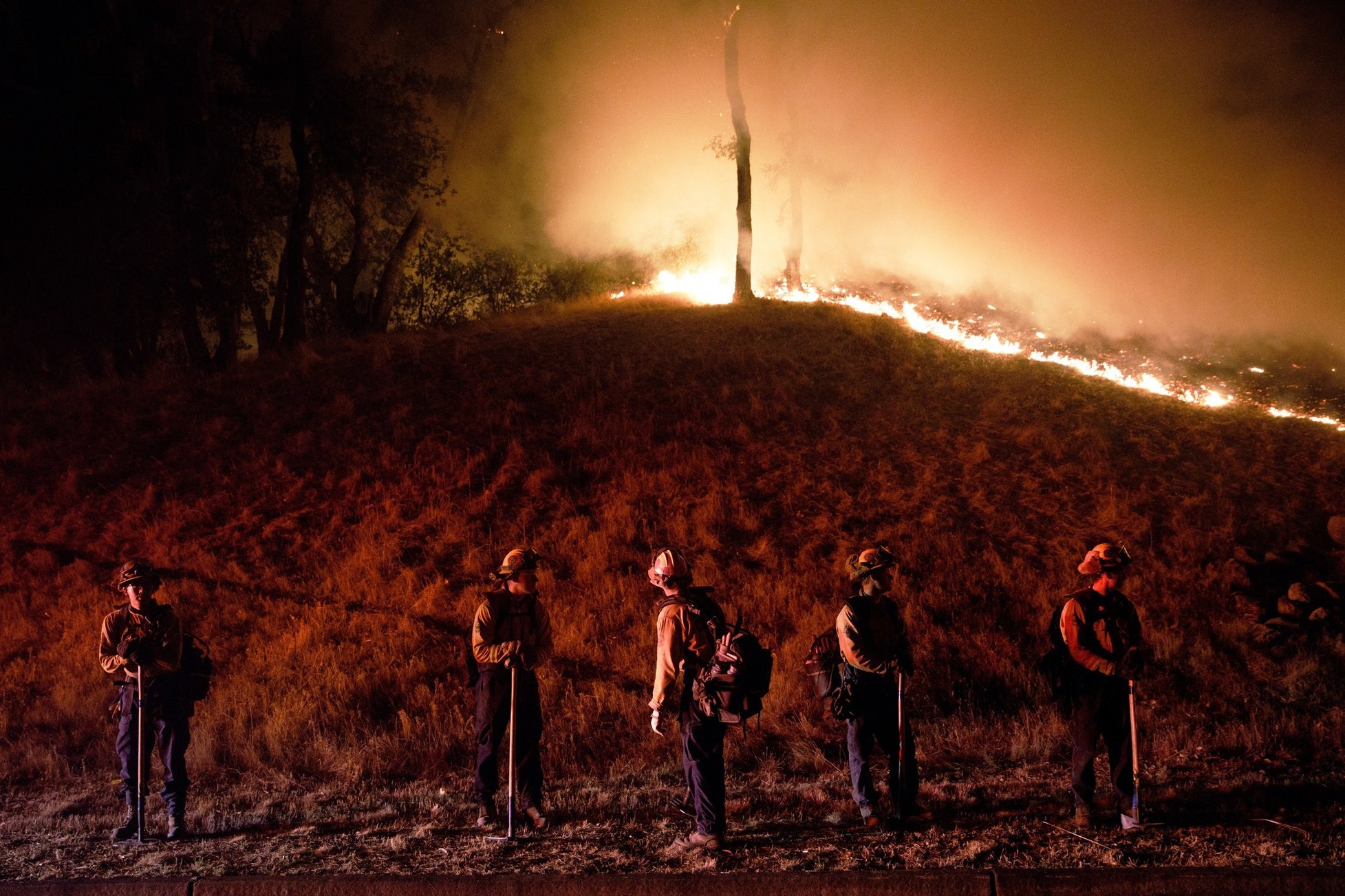History will remember the burning of California as a generation-defining crisis, nestled within the species-defining crisis that is climate change. California is being squeezed from both sides, with wildfires in the east and rising seas in the west. The state is in a palpable state of shock, flailing with stop-gap solutions like cutting off power to millions of people because Pacific Gas & Electric Company’s equipment won’t stop lighting fires, while on the coast, the city of Del Mar refuses to embrace the “r” word—retreat—and instead is taking its chances on trying to adapt to a force that will inevitably consume it.
It never had to come to this. Native peoples in California maintained a healthy relationship with fire—they, of course, didn’t have a capacity to fight natural fires, whereas today we quickly extinguish those blazes to save lives, leading to a buildup of brush that forms one giant tinder box. They also intentionally set fires, harnessing the restorative power of flames to reset ecosystems to feed themselves. Today California isn’t doing nearly as many controlled burns as it should: In 2017, the southeastern US burned 100 times the amount of land as California, even though the region is only five times bigger than the state. The consequence is a state built to burn, and burn explosively.
Sourced through Scoop.it from: www.wired.com



Leave A Comment